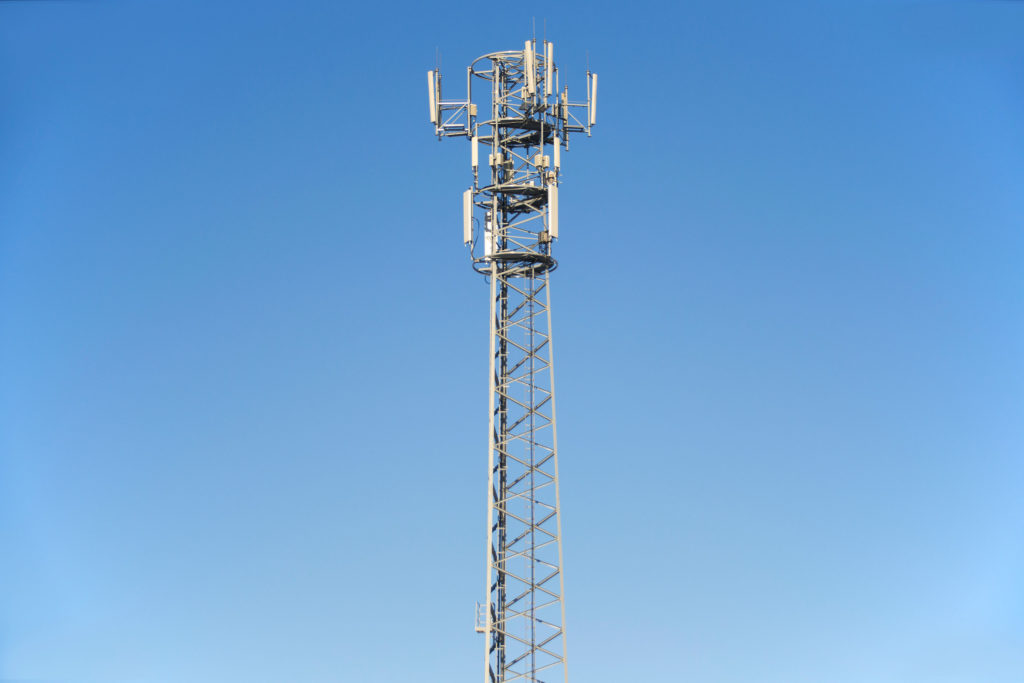The discovery of electromagnetism was a lucky accident. Before it happened, scientists thought that electricity and magnetism weren’t related. That’s what Oersted thought too.
Electromagnetism was discovered in 1820 by Danish Scientist Hans Christian Oersted while presenting to some science students. They had a wire with an electric current beside a compass, which has a magnetic needle. When a student held the wire near the compass in a different direction, the compass needle swung towards the wire and no longer pointed north.
They discovered that an electric current creates a magnetic field. About a decade after, English scientist Michael Faraday discovered that a magnetic field can also create an electric current. This process, electromagnetic induction, can happen when a wire is moving relative to a magnet or vice versa.

Sources of Electromagnetic Fields
A compass needle moves in a North-South direction because of the earth’s magnetic field. This is an example of natural EMF, where electric charges build up in the atmosphere.

We also have man-made sources of electromagnetic fields. From the low-frequency EMF of power sockets to X-rays to the higher frequency radiowaves via antennas and cell towers.
The Electromagnetic Spectrum
EMFs are on a spectrum, travelling in a wave-like pattern. There are two types of radiation on this spectrum: ionising and non-ionising.

With higher frequencies and shorter wavelengths, ionising radiation can break chemical bonds. That means it can affect cells and living tissues. The common sources of ionising radiation are gamma rays from X-rays and radiation therapy.
Meanwhile, non-ionising radiation has lower frequencies and longer wavelength. It’s present in microwaves, UV and infrared radiation. Typical low doses of non-ionising radiation cause no harm to human health.
Current Research on EMF Exposure
Higher frequency radiowaves in modern telecommunications are transmitted through base stations or cell towers. Since mobile phones are the most reliable device these days and the market continues to grow, more and more research data on the health effects are collected.
While research continues, the World Health Organization (WHO) recommends strict adherence to existing safety standards, putting up protective measures like barriers around sources, consulting with the public about base stations in the community, and having an effective communication system of health information to raise awareness.
Real-Time Radiation Monitoring Devices
SensaWeb provides EMF spectrum monitors with clear visualisation of data, helping organisations and the community control EMF exposure and making them feel safe and assured where they work and live.
Looking for area radiation monitors or personal radiation monitoring devices? You can count on SensaWeb. With our monitors, you can easily detect and interdict radioactive materials. Connect with us here or at our email address: info@sensaweb.com.au. You can also call us at +61 415 409 467.